MORE IMPORTANT INFORMATION ABOUT YOUR TRAVEL TO Avignon
The Train station is located at the center of Avignon
Avignon (UK: US: French: [aviɲɔ̃]; Provençal: Avinhon (Classical norm) or Avignoun (Mistralian norm) [aviˈɲun]; Latin: Avenio) is a commune in south-eastern France in the department of Vaucluse on the left bank of the Rhône river. Of the 90,194 inhabitants of the city (as of 2011), about 12,000 live in the ancient town centre enclosed by its medieval ramparts. Between 1309 and 1377, during the Avignon Papacy, seven successive popes resided in Avignon and in 1348 Pope Clement VI bought the town from Joanna I of Naples. Papal control persisted until 1791 when, during the French Revolution, it became part of France. The town is now the capital of the Vaucluse department and one of the few French cities to have preserved its ramparts. The historic centre, which includes the Palais des Papes, the cathedral, and the Pont d'Avignon, became a UNESCO World Heritage Site in 1995. The medieval monuments and the annual Festival d'Avignon have helped to make the town a major centre for tourism.
Source:
WikipediaADDITIONAL INFORMATION ABOUT Nice
The Train station is located at the center of Nice
Nice (, NEESS; French pronunciation: [nis]; Niçard Occitan: Niça, classical norm, or Nissa, nonstandard, pronounced [ˈnisa]; Italian: Nizza [ˈnittsa]; Greek: Νίκαια; Latin: Nicaea) is the seventh most populous urban area in France and the capital of the Alpes-Maritimes department. The metropolitan area of Nice extends beyond the administrative city limits, with a population of about 1 million on an area of 721 km2 (278 sq mi). Located in the French Riviera, on the south east coast of France on the Mediterranean Sea, at the foot of the Alps, Nice is the second-largest French city on the Mediterranean coast and the second-largest city in the Provence-Alpes-Côte d'Azur region after Marseille. Nice is approximately 13 kilometres (8.1 mi) from the principality of Monaco and 30 kilometres (19 mi) from the French-Italian border. Nice's airport serves as a gateway to the region. The city is nicknamed Nice la Belle (Nissa La Bella in Niçard), which means Nice the Beautiful, which is also the title of the unofficial anthem of Nice, written by Menica Rondelly in 1912.
Source:
WikipediaImages of the trains for your trip
Where Can You Travel With Us?
TAKE A LOOK AT OUR MAP
France
Italy
Netherlands
Luxembourg
Austria
Germany
Belgium
Switzerland
Denmark
Sweden
Norway
Hungary
Czech
Ukraine
China
Active
France, Italy, Netherlands, Luxembourg, Austria, Germany, Belgium, Switzerland, Denmark, Sweden, Norway, Hungary, Czech, Ukraine, China
Upcoming
USA, Canada, Spain, Poland, Japan
Other Train Trips From Nice
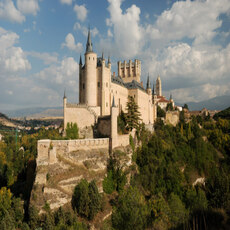
Nice Ville to Macon Ville

Nice Ville to Aumont Aubrac

Nice Ville to Bourg Saint Maurice

Nice Ville to Lyon Perrache

Nice Ville to La Bastide Saint Laurent Les Bains

Nice Ville to Saincaize
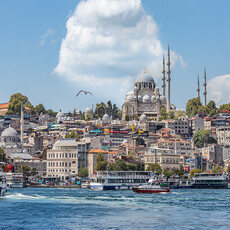
Nice Ville to Langon

Nice Ville to Sarreguemines

Nice Ville to Calais Ville

Nice Ville to Culmont Chalindrey

Nice Ville to Lezignan Corbieres

Nice Ville to Habsheim

Nice Ville to Valenciennes
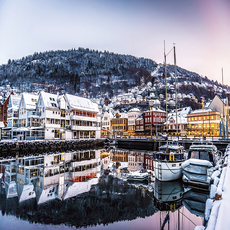
Nice Ville to Breil Sur Roya

Nice Ville to Decize

Nice Ville to Bethune
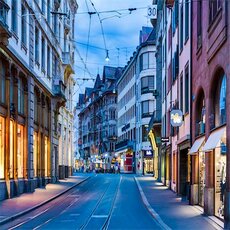
Nice Ville to Chaumont

Nice Ville to Lyon Saint Exupery Airport
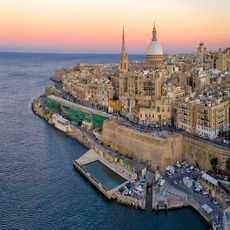
Nice Ville to Les Aubrais Orleans
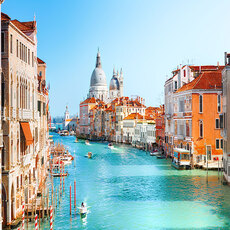
Nice Ville to Besancon Viotte
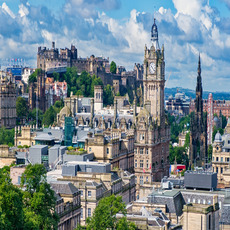
Nice Ville to Morhange
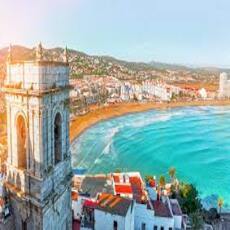
Nice Ville to Le Creusot

Nice Ville to Sete

Nice Ville to Vittel

Nice Ville to Hettange Grande

Nice Ville to Troyes
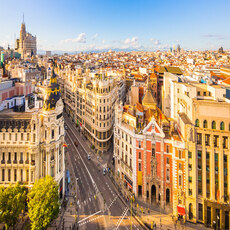
Nice Ville to Chatelaillon

Nice Ville to Morteau

Nice Ville to Saint Julien En Genevois

Nice Ville to Bellegarde Sur Valserine
WHY YOU SHOULD TRAVEL BY TRAIN?
To travel from Nice To Avignon, trains would be the best travel choice, for several reasons:
1
Eco-Friendly
Trains are the most environmentally-friendly way of transport to the EU Environment Agency. They are powered by electricity, which is renewable and has a low environmental impact.
2
Speed
Travelling by train is in most cases the fastest way to go from Rome to Milan. Trains usually travel at high speeds, making them the fastest way to get from one place to another.
3
Safety
Travelling by train is one of the safest forms of transport. Trains are heavily regulated and monitored, making them safer than other forms of transport.
4
Price
Travelling by train is often cheaper than other forms of transport, such as flying or taking a bus. Trains are often subsidized by the government, making them cheaper than other forms of transport.
5
Luggage
Travelling by train is a great way to transport luggage. Trains usually have plenty of space for luggage and they are usually safe and secure.
6
Luggage
Travelling by train is often faster than other forms of transport, such as driving or taking a bus. Trains usually travel at high speeds, making them the fastest way to get from one place to another.
7
Comfortability
Travelling by train is usually very comfortable. Trains usually have comfortable seating and plenty of legroom, making them a great way to travel.
8
Comfortability
Travelling by train is a great way to get some sleep. Trains usually have comfortable seats and plenty of legroom, making them a great way to get some rest while travelling.
9
WIFI
This is not necessarily the most important when you travel since we prefer to tell you to enjoy your travel without your phones, but on trains, you can find WIFI onboard, so you remain connected to the internet if you choose to.
THESE ARE THE TRAIN OPERATORS WE WORK WITH



















